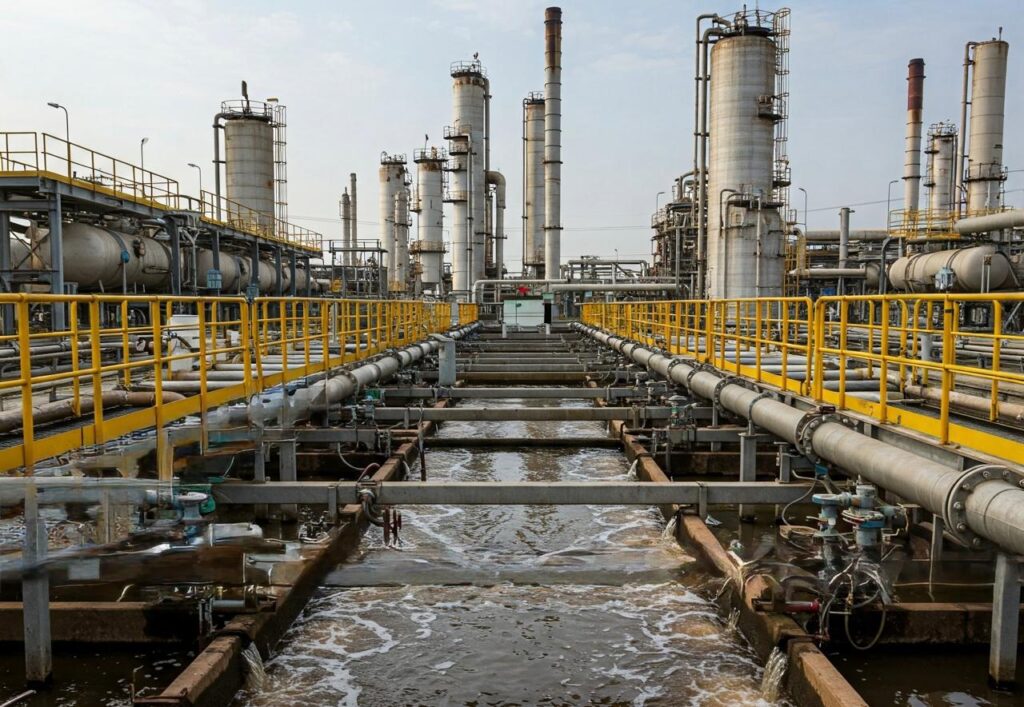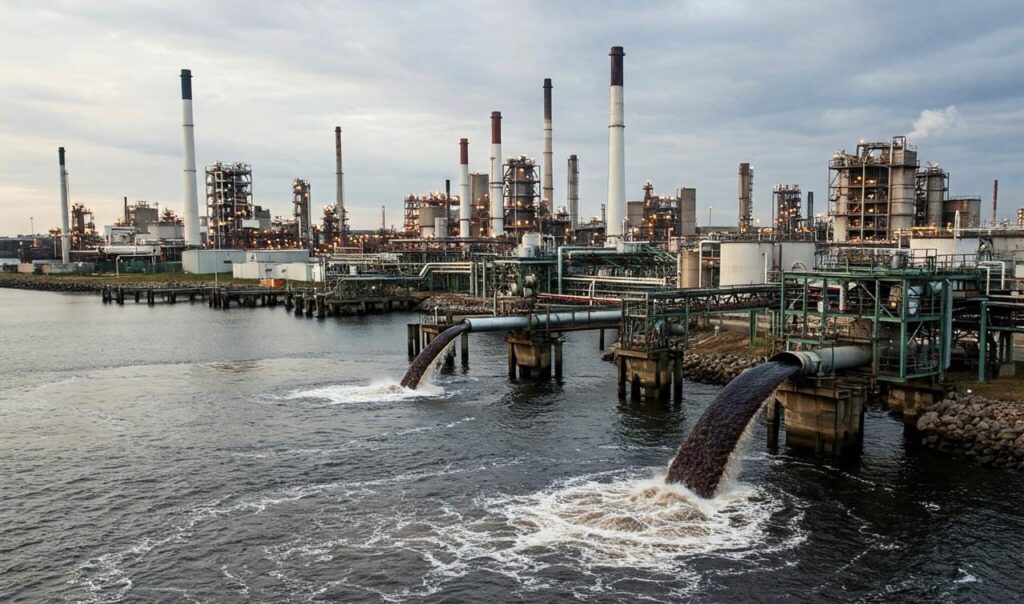Zero Liquid Discharge (ZLD) is an advanced wastewater treatment process designed to eliminate all liquid waste from a system. The goal of ZLD is to treat and reuse all wastewater within a facility, leaving behind no discharge into the environment. This is achieved through a combination of technologies which recover clean water and convert the remaining waste into solid residues for safe disposal. ZLD is especially important in industries where water conservation and environmental regulations are critical.
A Historical Perspective: The Evolution of Wastewater Management
The journey towards ZLD is rooted in the growing awareness of water pollution’s detrimental effects. Early efforts to manage wastewater focused primarily on dilution and basic treatment. Landmark legislation like the US Clean Water Act of 1972 marked a shift towards stricter regulations, aiming to reduce pollutant discharge into waterways. However, these regulations often focused on limiting pollutant concentrations rather than eliminating discharge entirely.
The concept of ZLD emerged as a more comprehensive approach, driven by the need to address the limitations of conventional wastewater treatment. Initially, ZLD was primarily adopted in industries dealing with highly concentrated and hazardous waste streams. However, as water scarcity and environmental concerns intensified, the scope of ZLD expanded.
The Necessity of ZLD: Addressing Current Challenges and Shaping the Future
The pressing need for Zero Liquid Discharge, or ZLD, arises from several critical factors that impact our planet’s water resources and overall sustainability. Primarily, the escalating issue of water scarcity demands immediate attention.
Global water resources are under immense strain due to a confluence of factors, including rapid population growth, the unpredictable effects of climate change, and the ever-expanding demands of industrial operations. In this context, ZLD offers a vital pathway to maximize water reuse and significantly minimize the consumption of precious freshwater resources.
Furthermore, the relentless degradation of our environment underscores the urgency of adopting ZLD. Industrial wastewater discharges, if left untreated, pose a severe threat, contaminating rivers, lakes, and groundwater, thereby harming delicate aquatic ecosystems and posing significant risks to human health.
The alarming levels of pollution witnessed in vital rivers within rapidly industrializing nations such as India and China serve as stark reminders of the imperative need for widespread ZLD implementation. In addition to these environmental concerns, regulatory pressures are mounting globally.
Governments worldwide are enacting increasingly stringent environmental regulations to safeguard water resources. The implementation of ZLD regulations in countries like India and China, for instance, reflects a clear trend toward mandatory adoption of such practices.
While the initial investment in ZLD systems may seem substantial, the long-term economic benefits are undeniable. Implementing ZLD can lead to significant cost savings by reducing wastewater disposal costs, maximizing the recovery of valuable resources, and mitigating potential environmental liabilities.
The escalating costs associated with wastewater disposal in regions like Europe and North America are compelling industries to seek more sustainable and cost-effective solutions. Lastly, the ability to recover valuable resources from wastewater adds another compelling layer of necessity.
By extracting metals, salts, and nutrients, wastewater can be transformed from a liability into a revenue-generating asset, enhancing the economic viability of ZLD.

Looking ahead, the future of ZLD is defined by continuous innovation and commitment to sustainability. Advancements in sustainable technology are driving significant improvements in the efficiency and cost-effectiveness of ZLD systems.
Integrating ZLD systems with renewable energy sources, such as solar and geothermal, offers a powerful means of reducing both the environmental footprint and operational costs. The alignment of ZLD with circular economy principles further emphasizes resource recovery and reuse, aiming to minimize waste generation and maximize resource value.
The application of data analytics and artificial intelligence is enabling real-time monitoring and optimization of ZLD systems, leading to enhanced efficiency and reduced energy consumption. Moreover, the increasing prevalence of smaller, decentralized ZLD systems is facilitating localized wastewater treatment and resource recovery.
As water scarcity and environmental concerns intensify globally, the adoption of ZLD is poised to expand significantly, particularly in water-stressed regions. ZLD represents a transformative shift in wastewater management, moving beyond mere discharge limitation to complete elimination.
Its historical evolution, current necessity, and future trajectory collectively underscore its pivotal role in safeguarding our water resources and fostering a sustainable future for generations to come.
Resource Recovery: A Key Advantage of ZLD
Beyond environmental protection and regulatory compliance, ZLD offers the significant advantage of resource recovery. Wastewater often contains valuable materials that can be extracted and reused. For instance, in the textile industry, ZLD processes can recover valuable dyes and salts, allowing for their reuse in production and significantly reducing the need for virgin resources.
Similarly, in the food and beverage sector, ZLD can enable the recovery of valuable nutrients and organic compounds from process water, which can be repurposed for animal feed or fertilizer production. Another example comes from the mining industry, where ZLD can be used to recover valuable metals like copper and nickel from mine tailings, transforming what was once waste into a resource stream. This potential for resource recovery transforms wastewater from a liability into a valuable asset, driving both economic and environmental sustainability.
To learn more about implementing sustainable ZLD solutions without RO & MEE CONTACT SCALEBAN
